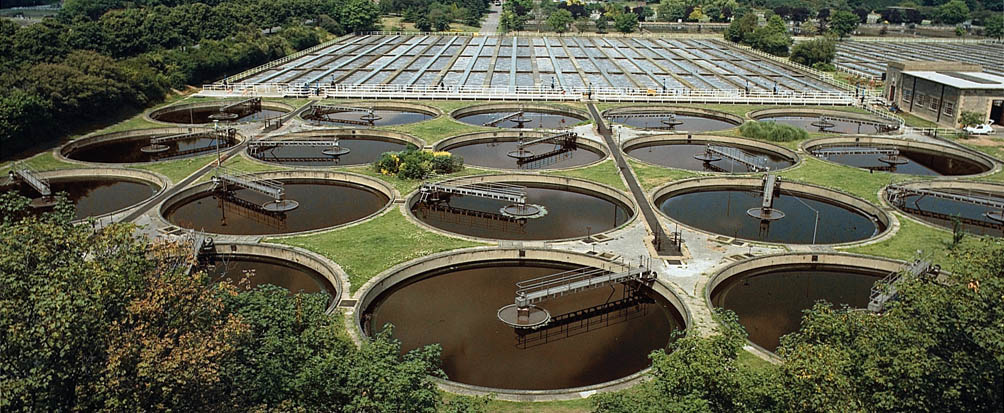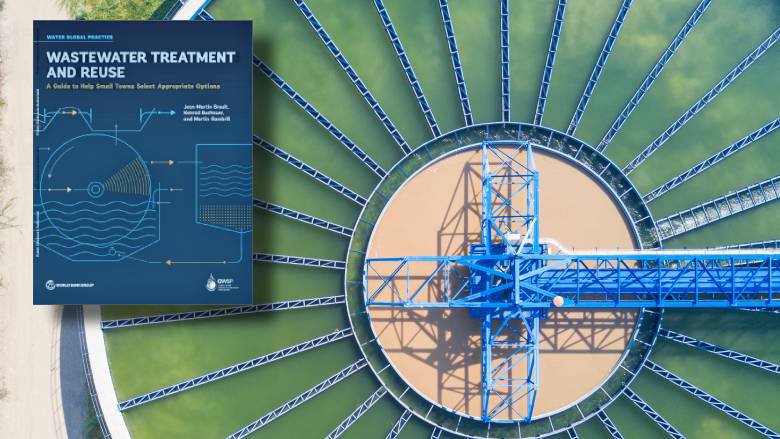Strategic Approaches to Improve Drainage Treatment Performance and Reduce Ecological Influence
In the realm of waste water therapy, the mission for improved efficiency and reduced ecological effect is a perpetual obstacle that requires tactical solutions. The integration of advanced therapy technologies, energy-efficient processes, source healing strategies, improved nutrient removal methods, and smart surveillance and control systems stands for a multifaceted structure for attending to these pressing worries.
Advanced Therapy Technologies
Sophisticated membrane layer purification systems have revolutionized sophisticated wastewater treatment processes, substantially boosting the elimination of impurities. This modern technology has actually proven to be highly efficient in removing a broad variety of pollutants, consisting of drugs, heavy steels, and organic substances, which are typically challenging to get rid of through standard treatment techniques.
Moreover, membrane layer filtration systems offer countless benefits over traditional therapy methods. Additionally, these systems are extremely versatile and can be conveniently integrated into existing therapy plants or made use of as standalone systems for decentralized applications.
Energy-Efficient Processes
The integration of energy-efficient processes in wastewater therapy systems is vital for enhancing resource use and decreasing functional expenses. By executing energy-efficient technologies, therapy plants can dramatically decrease their carbon impact and general environmental influence. One vital technique to enhancing energy performance in wastewater treatment is the usage of sophisticated aeration systems, such as fine bubble diffusers or surface aerators, which can boost oxygen transfer efficiency and minimize energy usage. In addition, incorporating power recovery systems, like anaerobic digestion for biogas manufacturing or making use of excess heat for thermal processes, can assist counter power requirements and promote sustainability.
Furthermore, optimizing process control and automation through using sophisticated sensors and keeping an eye on systems can boost general energy efficiency by adjusting operations in real-time based on real need and problems. Applying power audits and regularly keeping track of energy efficiency indications are crucial techniques to recognize locations for enhancement and track energy-saving initiatives efficiently. Overall, the adoption of energy-efficient procedures in wastewater therapy not just benefits the environment yet additionally adds to lasting expense savings and operational sustainability.
Source Recovery Techniques
With a concentrate on optimizing resource utilization and sustainability in wastewater treatment systems, the implementation of source healing methods becomes an essential aspect in improving operational performance. Source healing techniques in wastewater treatment include the recognition and removal of useful sources from the waste stream, thus transforming what was when taken into consideration waste right into a beneficial possession. By applying resource recovery strategies such as nutrient removal and recovery, energy generation from organic matter, and the production of recyclable water, wastewater treatment plants can minimize environmental influence while making the most of performance.

Boosted Nutrient Removal Techniques
Implementing innovative nutrient elimination methods is important for optimizing the performance of wastewater therapy systems. Enhanced nutrient removal plays a critical function in reducing the ecological effect of treated effluent discharged into water bodies. One of the essential strategies used for improved nutrient elimination is the procedure of biological nutrient elimination (BNR), which involves the elimination of nitrogen and phosphorus with organic processes. This can be achieved with the use of specialized microbes that can convert nitrogen substances into inert nitrogen gas via denitrification, and collect phosphorus within their cells through a procedure called enhanced organic phosphorus removal (EBPR)

In enhancement to BNR, advanced treatment approaches such as membrane bioreactors (MBRs) and constructed marshes can also be employed to boost nutrient removal effectiveness. MBRs make use of membrane layers to achieve top notch effluent criteria by efficiently eliminating nutrients and put on hold solids. Created marshes imitate natural wetland procedures to get rid of nutrients via plant uptake, microbial activity, and sedimentation. By basics incorporating these sophisticated nutrient removal methods right into wastewater therapy markets, communities and systems can effectively lower nutrient pollution and safeguard the environment.
Smart Tracking and Control Solution
Utilizing cutting-edge technology, the integration of clever tracking and control systems transforms the functional effectiveness of wastewater treatment centers. These systems integrate advanced sensing units and data analytics to continually keep an eye on key criteria such as pH levels, turbidity, liquified oxygen, and flow prices in real-time. By gathering and analyzing this information, operators can get useful understandings into the efficiency of the treatment procedures, enabling aggressive adjustments to maximize treatment performance.
Smart tracking and control systems also sustain remote monitoring abilities, allowing drivers to gain access to real-time information and control functions from off-site areas. This remote ease of access boosts operational adaptability and responsiveness, enabling speedy interventions in situation of system breakdowns or changes in influent quality. The predictive maintenance capacities of these systems aid avoid devices failings and decrease downtime, ultimately improving the general integrity of wastewater therapy procedures.
Conclusion
In conclusion, calculated strategies such as advanced treatment technologies, energy-efficient procedures, source healing approaches, enhanced nutrient removal techniques, and wise tracking and control systems play a vital duty in enhancing wastewater treatment effectiveness and minimizing ecological influence. By executing these methods, try this website wastewater treatment plants can enhance their total performance, lower energy intake, recover important sources, and guarantee conformity with environmental policies. These strategies are necessary for sustainable and efficient wastewater monitoring practices.

In conclusion, calculated approaches such as sophisticated therapy modern technologies, energy-efficient processes, source recuperation techniques, boosted nutrient removal methods, and clever tracking and control systems play a crucial function in boosting wastewater therapy effectiveness and decreasing environmental effect.